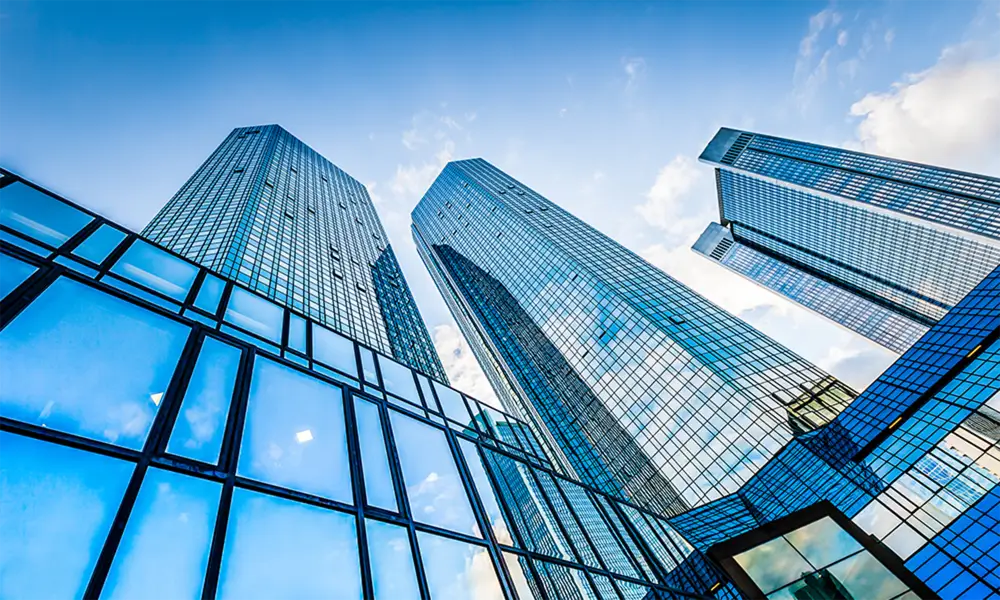

Understanding Grey Low E Glass Features, Benefits, and Applications
In the world of modern architecture and sustainable building practices, the choice of materials plays a crucial role in both aesthetics and energy efficiency. One material gaining significant attention is grey low emissivity (low E) glass. This type of glass is increasingly popular for residential and commercial applications, thanks to its impressive combination of style, performance, and environmental benefits.
What is Grey Low E Glass?
Low E glass has a special coating that reflects infrared light while allowing visible light to pass through. This coating can significantly reduce the amount of heat that enters or escapes through the glass, making it a smart choice for energy-conscious builders and homeowners. Grey low E glass, specifically, has a grey tint that not only enhances privacy and aesthetics but also contributes to its energy-saving properties.
Key Features
1. Energy Efficiency One of the standout features of grey low E glass is its ability to improve energy efficiency. By reflecting heat, this glass helps maintain a comfortable temperature indoors, reducing the need for heating and cooling systems. This can lead to significant energy savings and lower utility bills.
2. UV Protection Grey low E glass effectively blocks harmful ultraviolet (UV) rays. These rays can cause fading in furniture, fabrics, and artwork over time. By incorporating this type of glass into windows, homeowners can protect their interiors from sun damage while enjoying natural light.
3. Aesthetic Appeal The grey tint of low E glass offers a modern and sleek look that complements contemporary architectural designs. Whether used in residential windows or commercial facades, its aesthetic value can enhance the overall appearance of a building.
4. Reduced Glare The tint of grey low E glass helps to minimize glare, making interiors more comfortable for occupants, particularly in bright sunlight. This feature is especially appreciated in office environments and homes with large windows.
Benefits of Grey Low E Glass

1. Comfort By regulating indoor temperatures, grey low E glass contributes to a more comfortable living or working environment. Homeowners can enjoy a cooler space in the summer and a warmer space in the winter without relying excessively on heating and cooling systems.
2. Sustainability With an increasing focus on sustainable building practices, grey low E glass aligns perfectly with eco-friendly goals. By reducing energy consumption, it helps lower the carbon footprint of buildings, making it a popular choice for LEED-certified projects and green building standards.
3. Increased Property Value Homes and buildings featuring energy-efficient materials like grey low E glass are often more appealing to buyers. The potential for lower energy bills and enhanced comfort can increase property value and offer a competitive edge in the real estate market.
4. Longevity and Low Maintenance Grey low E glass is designed to withstand the elements. Its durable coating helps prevent scratches and damage from exposure to UV light, reducing the need for frequent replacements or maintenance.
Applications
Grey low E glass can be utilized in various applications, including
- Residential Windows Ideal for homes looking to enhance energy efficiency while maintaining aesthetic value. - Commercial Buildings Widely used in office buildings and retail spaces to create comfortable environments for employees and customers alike. - Curtain Walls and Facades Utilized in modern architectural designs to provide an appealing exterior while improving energy performance.
Conclusion
In an era where sustainability and energy efficiency are more important than ever, grey low E glass emerges as a versatile and practical solution for modern architecture. Its ability to control heat transfer, protect against UV rays, and enhance aesthetic appeal makes it a popular choice among architects, builders, and homeowners alike. As the demand for eco-friendly building materials continues to grow, grey low E glass stands out as a leading option that balances style with performance, making it an essential consideration for any construction or renovation project.